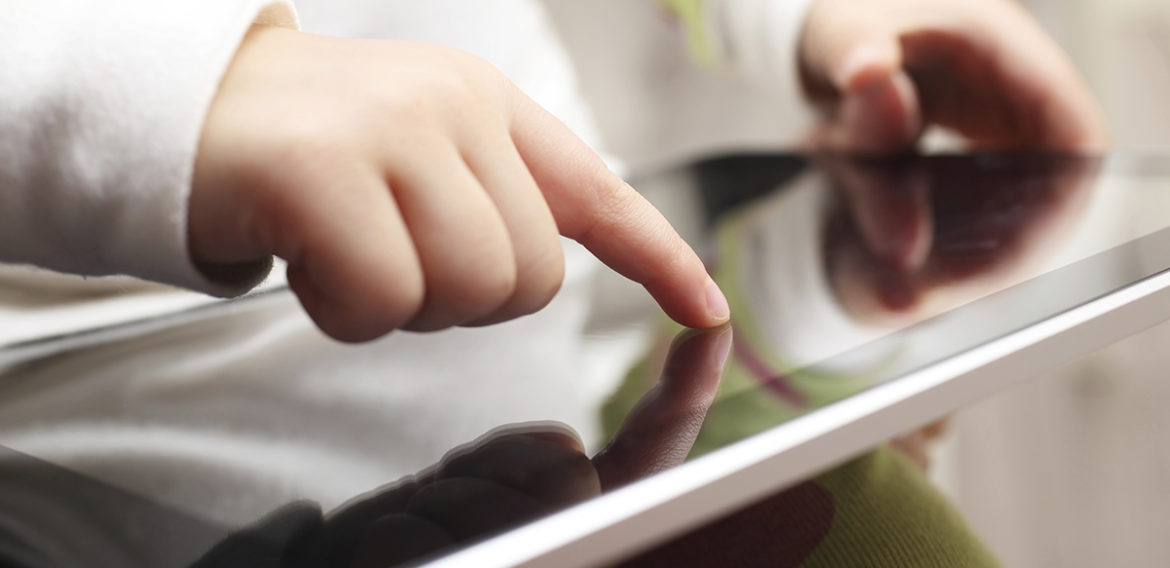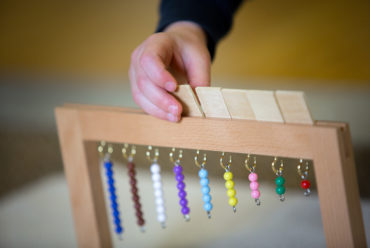A True Balancing Act: Technology and the Montessori Classroom
When I think of the presence of technology in a classroom, whether it be a traditional or Montessori classroom, one requirement comes to mind: Meaningful.
If you watch carefully how public and private schools now market their schools (yes, they now have to market), you often hear things like “We have 1:1 technology!” or “Every child has a tablet.” When I see these statements, my overall reaction tends to be “So what?” “What do you do with that technology?” ”How is it meaningful?”
There are mixed views on the place of technology in a Montessori school. While there are some Montessori schools that have strict regulations, many schools use technology regularly – but only in a purposeful, meaningful way.
As a Head of School at a Montessori Academy, our students use technology in the form of practical life. We use it as a supplement to our curriculum and not as a substitute for books and materials. The purpose of Practical Life in a Montessori school is not only to teach concentration, increase small motor skills, expose students to new interests and opportunities, but also to prepare the child for real world experiences. As an educator in the 21st century, I feel like it is my responsibility to prepare children for what they will encounter in the real world and whether I like it or not, the real world functions on technology.
Our students learn typing skills, how to use a word document or spreadsheet, how to submit a paper via email or Google Docs, how to find reliable and helpful research using a search engine and how to put together a persuasive presentation. Our students do not forget about dictionaries and encyclopedias because Googling is easier, learn math concepts on the computer rather than manipulate real materials or disengage from their peers because they are “plugged in.”
What scares me most about the increase in technology in schools is the lack of balance in the lives of our children. As a parent, I allow my child to have “screen time” at home knowing that he’s only been exposed to a minimal amount at school. Imagine the life of the 21st century child who eats breakfast while watching cartoons, watches his favorite movie on the way to school, comes home from school and spends a few hours playing video games or playing on his computer and then reads before bed on his tablet. Now mix in the four hours of technology that same child gets at a school. What are the impacts on that child? Does the school have moral responsibility to help limit some of that screen time?
At my son’s last pediatrician appointment, the doctor not only reminded him to wear a helmet while on his bike, wear a seat belt in the car, but also to limit his screen time to one hour per day. When I consulted the American Academy of Pediatrics website, they said that the average child is exposed to seven hours on “entertainment media” per day. Entertainment media was defined as “televisions, computers, phones and other electronic devices.” What’s even scarier is that “Studies have shown that excessive media use can lead to attention problems, school difficulties, sleep and eating disorders, and obesity” (Media and Children).
I have about a million reasons why I chose Montessori for my child and why I chose Montessori for myself as an educator. Montessori isn’t always popular or trendy. Sometimes Montessori schools seem to be doing the opposite of what the “21st century school” is doing. I chose Montessori because we do right by kids. This might not always be appealing to the child who enjoys technology embedded in every aspect of their life, but as the parent, you have the right to decide the kind of education your child is exposed to. I’d advise any parent looking at schools, whether it be Montessori or traditional, to look for balance and meaningful work.
Media and Children. (n.d.). Retrieved February 1, 2015.










No Comments